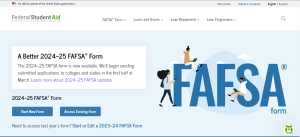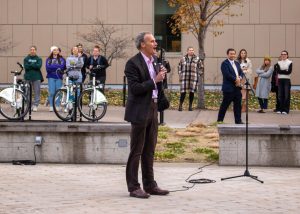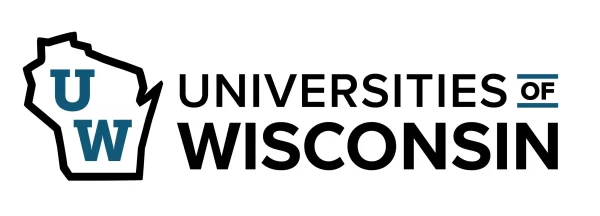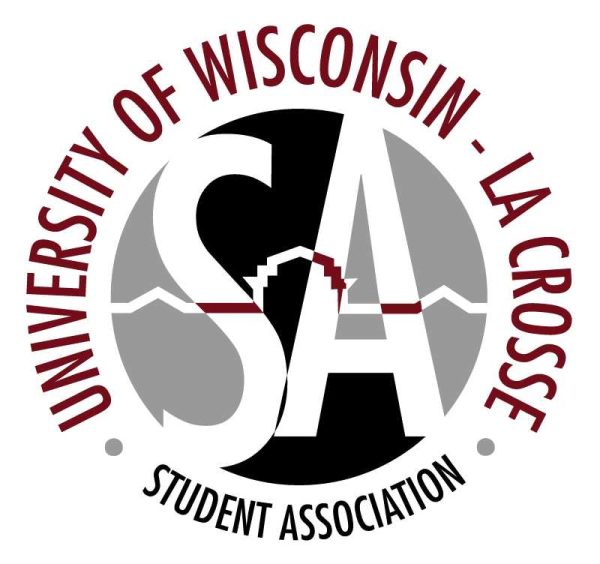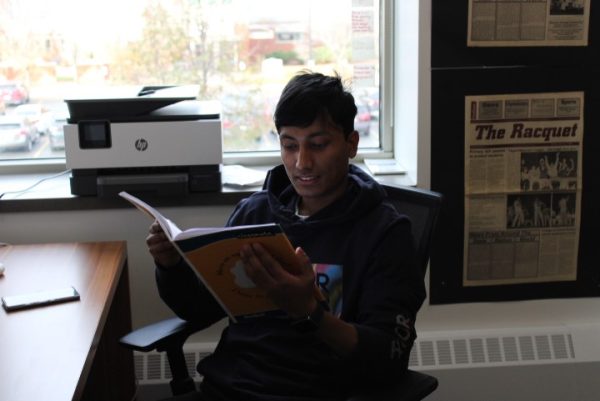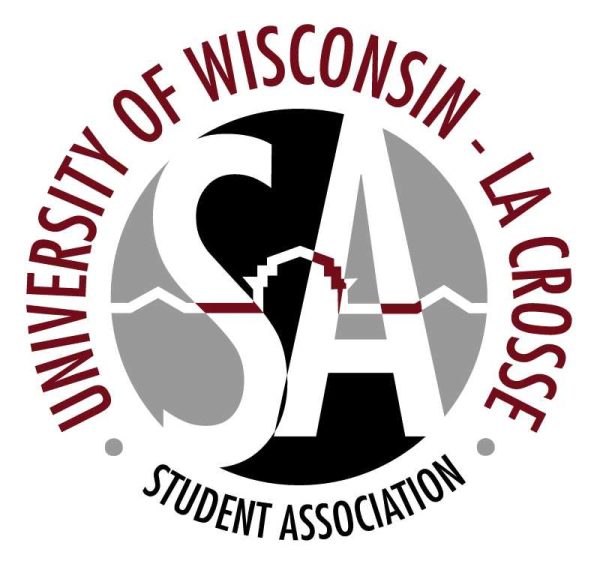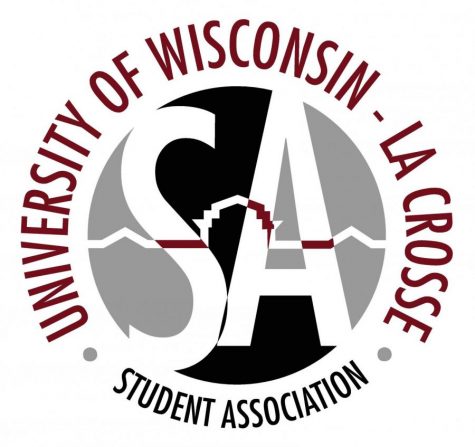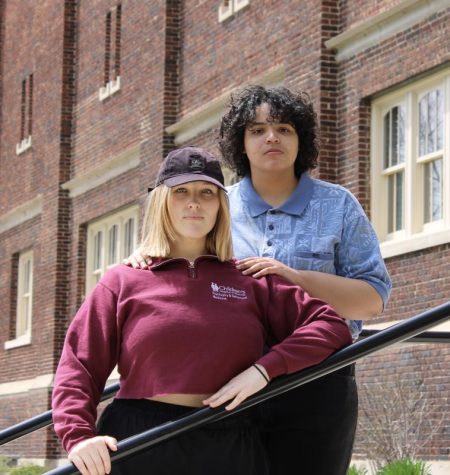Wisconsin budget and our future
October 1, 2014
A year and a half ago, I participated in a summit with my fellow student government colleagues, listening to a presentation from a senior UW System official about the state of UW System. During a pause, someone announced the Legislative Fiscal Bureau “discovered” more than $600 million in reserve funds throughout the System. I’ll never forget how quickly the room turned hostile.
“Why is the System hiding money?” we asked.
The rage found its way to the state legislature, which had been considering a $181 million proposed increase in the System’s budget. Within a matter of days, the increase was wiped out, and a tuition cap proposed by Governor Walker became a freeze. The System President during that time, Kevin Reilly, eventually left the job a year later, likely due to pressure after his poor response to the crisis.
In the rush to judgment, the truth was lost in the political opportunism. The “slush fund,” as it came to be called, was actually hundreds of accounts spread throughout the System. The majority of the money was already designated for capital projects and was merely waiting for construction to begin.
Two years later, the effects of a biennium budget with little new funding have ravaged the System. The UW-Superior and Parkside campuses are experiencing existential fiscal crises. The Walker administration’s primary education policy goal, the Flex Option, is sitting in stasis. Most disturbingly, UW faculty is underpaid compared to their peers in similar institutions, to the tune of 10 to 20 percent. For a border school like UW-La Crosse, this is a dire concern.
Meanwhile, the state of Wisconsin faces a $1.8 billion shortfall in the next biennium, despite “business-friendly” tax initiatives that have failed to pull Wisconsin out of economic recession, and have done significant damage to state programs, including higher education, as there is less tax revenue to go around.
How does the state address less tax revenue? First, don’t promise more tax cuts, as Governor Walker has just done. Where is this money coming from? Wisconsin must balance the budget as required by law, so where is the Governor going to find up to $2 billion to work with? Higher education could very well be on the list. It’s time to stem the tide of tax cuts that don’t build business, but rather just line the pockets of big business executives.
Second, the state needs to renew the Wisconsin Idea. The brainchild of legendary Governor Bob “Fighting Bob” La Follette, it holds that the UW System should be a laboratory for policy and should drive the state’s economy by training its future workers. Wisconsin’s politicians have forgotten about the concept.
By adopting a modest $95.2 million funding increase, the System will be able to start putting out the faculty compensation fire and bolster a System desperate for new funding.
“[The funding increase is] a good step for reinventing higher education in Wisconsin,” says James Dirth, UW-L Student Association Legislative Issues Director. “We have to invest in higher education.”
The future of our state depends on it.





